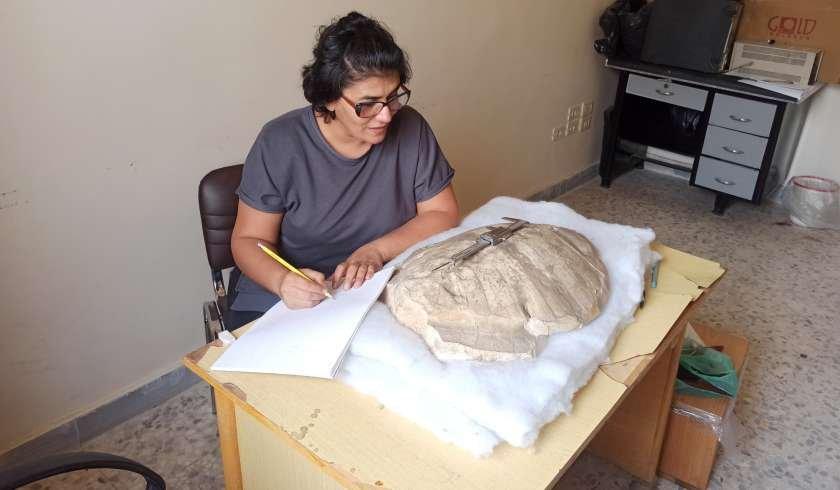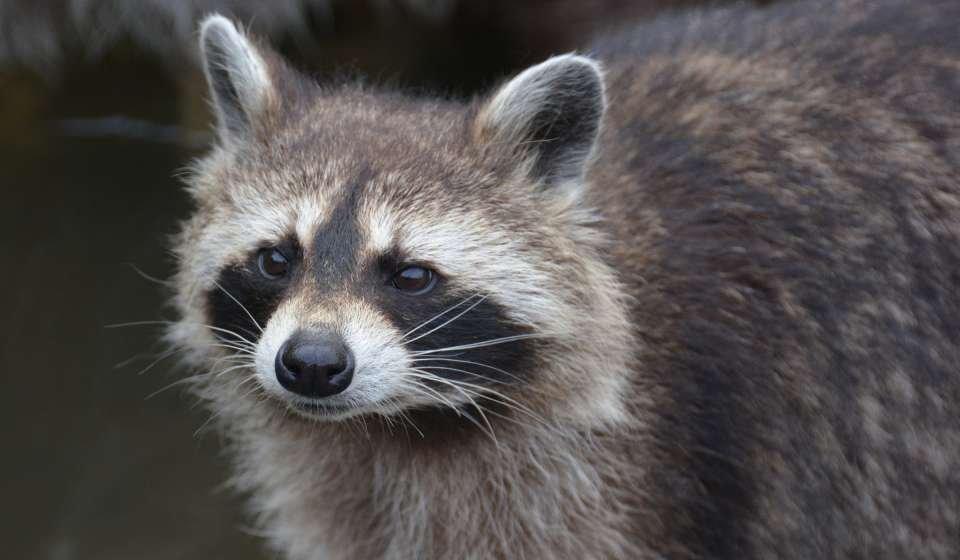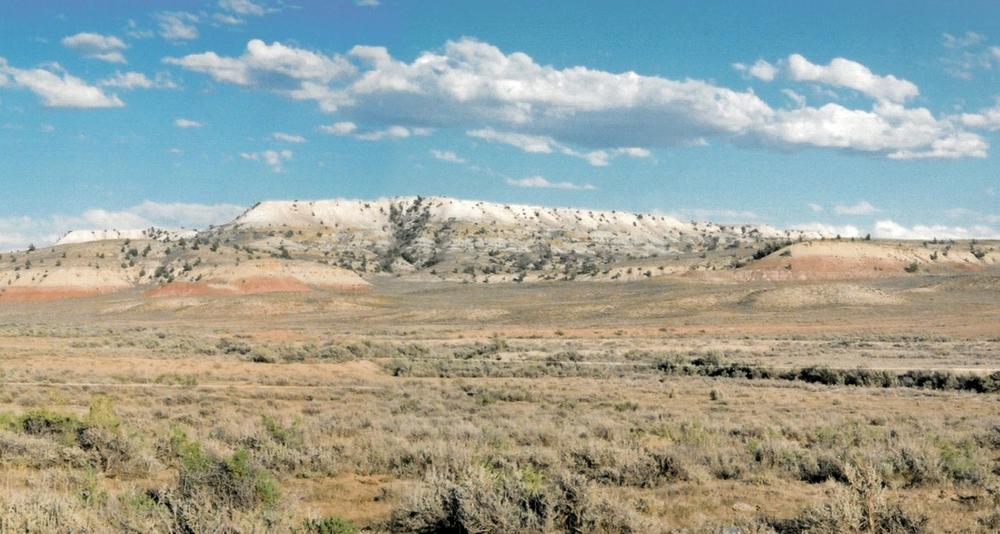-
Are We Unique?
An international team led by Senckenberg researcher Prof. Dr. Simon Darroch has presented a new approach to understanding how living organisms fundamentally change their environment – and what this means in terms of the role of modern humans. In their study, now published in the scientific journal “Trends in Ecology & Evolution,” the researchers propose the concept of “Earth System Engineering.” It encompasses biological processes that not only alter habitats locally but also have a lasting impact on central parts of the Earth system – such as the atmosphere, oceans, and soil – and leave their mark over millions of years. The new approach makes it possible to link current…
-
112-million-year-old Time Capsule: Oldest Amber Insects from South America Discovered
For the first time, researchers in Ecuador have discovered amber fossils from the Cretaceous period on the South American continent. The approximately 112-million-year-old find from the Hollín Formation in the Oriente Basin is one of the oldest known amber deposits in South America. Of particular note are the numerous insect species trapped in the amber, which provide a unique insight into a forest ecosystem of the former supercontinent Gondwana that has barely been studied to date. The results of the study, which was led by the University of Barcelona with the involvement of Senckenberg scientists, have now been published in the journal “Communications Earth & Environment.” Amber is of particular…
-
The Earth’s Lungs: Diversity as a Survival Strategy
In the face of climate change and increasing droughts, the Amazon rainforest – one of the largest and most important ecosystems on Earth – is under ever-increasing pressure. A new study by Senckenberg researchers in the journal “Nature Communications” shows that it is not only the size or species diversity of the forest that is decisive for its resilience, but also the hydraulic diversity of the trees. Forests with a wider range of hydraulic strategies – from deep roots and resistant vascular bundles to different growth rates – are significantly better able to withstand droughts. This finding not only increases our understanding of forest dynamics but also has far-reaching implications…
-
Beech Forests: Fit for Climate Change?
By combining satellite images with a new type of genetic analysis, a research team led by the Senckenberg Biodiversity and Climate Research Center Frankfurt (SBiK-F) was able to decipher how European beech forests react to climate change. The study, published today in the scientific journal “Global Change Biology,” shows that the timing of leaf emergence in spring depends primarily on rising temperatures, but also that tree populations are genetically adapted to their local environment. This integrated approach makes it possible for the first time to accurately predict which beech populations are best equipped to deal with future climate conditions. Due to global warming, forests in Germany are also subject to…
-
Fossil Find in Syria: Unknown Sea Turtle Discovered
Near the Syrian city of Afrin, an international research team, including researchers from the Senckenberg Centre for Human Evolution and Palaeoenvironment at the University of Tübingen, has discovered a previously unknown fossil sea turtle. The species Syriemys lelunensis, newly named under the aegis of the University of São Paulo, dates from the early Eocene, around 50 million years ago. The find includes a completely preserved interior impression of the shell as well as parts of the ventral carapace, pelvis, and hind legs. The turtle is the first newly described fossil vertebrate species from Syria. The oval, well-preserved carapace of the fossil sea turtle is 53 centimeters long and 44 centimeters wide.…
-
Angola: Wild Animal Trade Threatens Biodiversity and Health
Angola is home to an impressive diversity of species – but the country’s biodiversity is severely threatened by illegal hunting, habitat loss, and the consumption of bushmeat. A research team, including Senckenberg scientist PD Dr. Raffael Ernst, has investigated the wildlife trade in the province of Uíge. In their study, published in the journal “Oryx,” the researchers show that bushmeat is an important part of the local diet but also poses a significant threat to endangered species and human health. Education and consistent enforcement of existing laws could limit consumption. From stately African elephants roaming the country’s mosaic forests to endangered black rhinos and graceful leopards, Angola is home to…
-
Small Tools, Big Animals: 430,000-year-old Butchery Investigated
An international research team has published a new study on one of the oldest known sites for the processing of animal meat by humans in the southern Balkans. At Marathousa 1, an archaeological site in the Greek Megalopolis Basin, researchers not only found numerous stone tools that provide clues to human behavior but also remains of the extinct straight-tusked elephant Palaeoloxodon antiquus. The study, published in the journal “PLOS ONE” and led by the Senckenberg Centre for Human Evolution and Palaeoenvironment at the University of Tübingen, shows that various tool-making techniques were already being used around 430,000 years ago – depending on the material and purpose. The Marathousa 1 hominins produced…
-
Raccoons: Invasion on Four Paws
As part of the joint project ZOWIAC (Zoonotic and Wildlife Ecological Impacts of Invasive Carnivores), a research team from Frankfurt has analyzed hunting data from two decades in 398 German districts. The study aimed to identify the different stages of the invasion of raccoons, originally native to North America, in Germany. The study shows that raccoons went through various stages during their expansion in Germany – from initial occurrence to strong growth and, ultimately, stabilization. A particularly large number of the masked predators can be found in northern Hesse and north-eastern Brandenburg, where their spread has since stagnated. In other regions, such as southwest Germany, the expansion is still in…
-
Not So Hot After All? Fossil Lizards and Snakes Reveal New Information About the Eocene Climate
A research team from the Senckenberg Gesellschaft für Naturforschung has investigated ancient climate during the Eocene epoch some 56 to 34 million years ago, using a new method based on the evolutionary relationships of fossils. The results of their study, now published in the journal “Communications Earth and Environment,” indicate that the climate in North America was more stable during this period than previously assumed. This casts doubt on formerly widely held assumptions about climate sensitivity, i.e., the temperature response to rising carbon dioxide levels. How much does the earth warm up when the CO₂ content in the atmosphere increases? This is not just a question for climate researchers, it…
-
Visible from Space: Loss of Genetic Plant Diversity
An international research team led by Senckenberg scientist Dr. Spyros Theodoridis has investigated the effects of the increasing greening of many European mountain regions on the genetic diversity of plants. Their study, now published in the journal “Current Biology,” uses the example of the Greek mountain tea Sideritis to show that the increase in vegetation in mountainous regions promoted by climate and land use change can lead to genetic impoverishment. The team, which included Prof. Dr. David Nogués-Bravo from the University of Copenhagen along with Senckenberg researchers Prof. Dr. Thomas Hickler and Prof. Dr. Marco Thines, used satellite images and genetic analyses to document that the increase of vegetation density…










